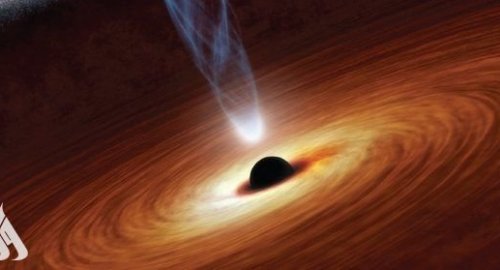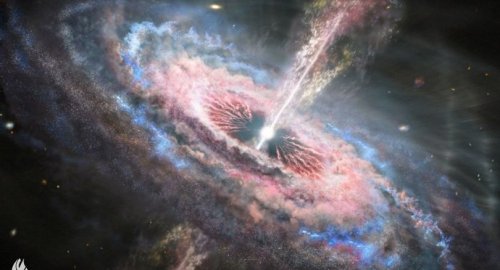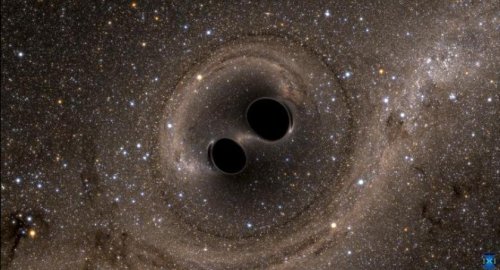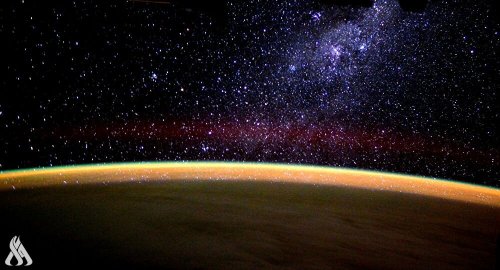
First evidence of spinning black hole detected by scientists

- 30-09-2023, 09:10
INA-sources
Astronomers have captured the first direct evidence of a black hole spinning, providing new insights into the universe’s most enigmatic objects.
The observations focus on the supermassive black hole at the centre of the neighbouring Messier 87 galaxy, whose shadow was imaged by the Event Horizon Telescope. Like many supermassive black holes, M87 features powerful jets that are launched from the poles at close to the speed of light into intergalactic space.
Scientists have predicted that the rotation of a black hole powers these cosmic jets, but until now direct evidence was elusive.
“After the success of black hole imaging in this galaxy with the Event Horizon Telescope, whether this black hole is spinning or not has been a central concern among scientists,” said Dr Kazuhiro Hada, of the national astronomical observatory of Japan and co-author. “Now anticipation has turned into certainty. This monster black hole is indeed spinning.”
M87 is located 55m light years from the Earth and harbours a black hole 6.5bn times more massive than the Sun. Just beyond the black hole is an accretion disk of gas and dust, swirling on the precipice of the cosmic sinkhole. Some of this material is destined to fall into the black hole, disappearing for ever. But a fraction will be ejected out from the poles of the black hole at more than 99.99% of the speed of light.
Theoretical models suggest that the black hole’s spin is responsible for this phenomenon. Scientists think that charged particles in the disk produce a powerful magnetic field and that as the black hole spins, it drags the field with it. This winds up the field in a way that can accelerate particles away from the black hole as jets, extracting energy from the rotation of the black hole in the process.
The latest work, published in Nature, used observations of M87 from a global network of radio telescopes taken from 2000 to 2022. This revealed a recurring 11-year cycle in the jet, which was found to precess around a central point at the edge of the black hole. This indicated a misalignment between the black hole’s spin axis and the accretion disk, leading the jet to wobble like a spinning top.
“Detecting this precession provides unequivocal evidence that the supermassive black hole in M87 is indeed spinning, thus enhancing our understanding of the nature of supermassive black holes,” the authors said.
Dr Ziri Younsi, an astrophysicist at UCL, said: “That’s exciting because it’s telling us that it can only precess if the black hole has non-zero spin. It’s an indirect but extremely strong confirmation of spin.”
Younsi added that a black hole’s spin could, in future, give insights into the cataclysmic events that led to the formation of the supermassive black hole. “The fact that it’s spinning and there’s a tilt tells you that something pretty crazy happened in the past,” he said. “At some point in its history, something violent happened. It provides tantalising hints that that might be the case.”
Source: The Guardian
PM Al-Sudani chairs a special meeting on energy projects
- politics
- 08:04
US Central Command: We killed ISIS terrorist leader Abu Yusuf in Syria
- International
- 24/12/20
Liverpool compete with Real Madrid to sign Olympique Lyonnais star
- Security
- 24/12/19
Iraq assumes presidency of Arab Investment Company’s Executive Board
- Economy
- 24/12/17
Hackers exploiting Microsoft Teams to gain remote access to user’s system
- Multimedia
- 24/12/17












